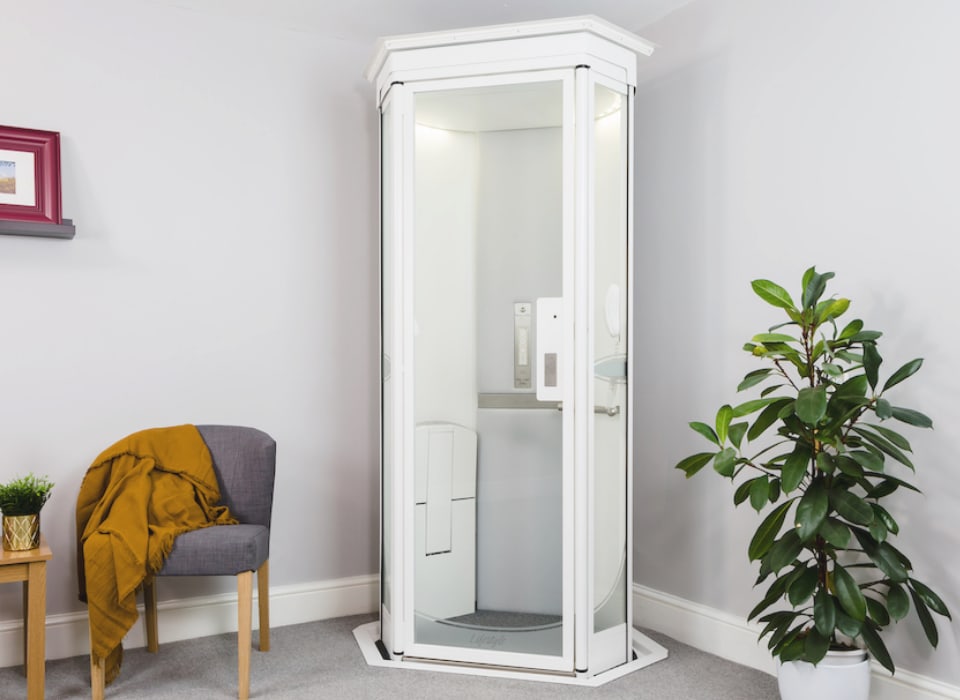Top Lift Companies in London: Offering High Quality Installations and Upkeep
Top Lift Companies in London: Offering High Quality Installations and Upkeep
Blog Article
Diving Into the Globe of Elevators: Common Issues Encountered by Different Lift Mechanisms
As we browse with the upright transport systems of modern-day buildings, elevators stand out as an indispensable element of our day-to-day lives. From hydraulic elevators to grip systems and machine-room-less designs, each lift kind comes with its collection of common problems.
Hydraulic Lifts
Hydraulic elevators, frequently favored for low-rise buildings, use fluid stress to regulate the movement of the elevator cars and truck (lift repair companies). This mechanism includes a hydraulic pump pressing oil right into a cylinder, triggering the lift to relocate in the wanted direction. While hydraulic lifts are understood for their smooth and quiet operation, they do include their very own collection of usual issues
One widespread trouble with hydraulic lifts is oil leak. Furthermore, problems with the control system, such as malfunctioning shutoffs or a malfunctioning pump, can trigger interruptions in the elevator's movement.
Regular maintenance and punctual fixings are important to ensure the smooth performance of hydraulic lifts. By resolving these typical problems proactively, building proprietors can decrease downtime and make certain the safety and security and performance of their upright transportation system.
Traction Lifts
When taking into consideration vertical transportation systems in buildings, one more common kind apart from hydraulic elevators is the grip lift. Traction lifts run utilizing a system of ropes and counterweights that move the lift car by clutching onto the hoist ropes. This system enables smoother and faster vertical transport compared to hydraulic systems.
Among the typical issues encountered by traction elevators is rope wear. The consistent activity of the ropes within the traction system can bring about deterioration with time, possibly causing the lift to malfunction or become dangerous for use. Normal assessments and maintenance of the ropes are vital to guarantee the lift's appropriate performance and security.
An additional problem that grip elevators might encounter is connected to the control system. Troubles with the control system can result in concerns such as erratic activity, delays in action times, and even total closures. Routine screening and maintenance of the control system are important to prevent such problems and make certain the elevator's dependability.
Machine-Room-Less (MRL) Elevators

One of the vital elements of MRL lifts is the portable gearless traction machine that is mounted within the hoistway. This maker effectively drives the elevator auto without the requirement for large devices found in typical traction elevators. In addition, MRL elevators typically make use of a counterweight system to stabilize the car, more improving their power effectiveness.
In spite of their benefits, MRL elevators may face difficulties associated with repair and maintenance due to the restricted room for equipment setup. Availability for servicing components within the shaft can be limited, calling for specialized training for technicians. Appropriate upkeep timetables and regular assessments are critical to make sure the ongoing smooth operation of MRL elevators.
Overloading and Weight Limitation Issues
Are lifts equipped to handle excess weight tons effectively and securely? Straining and weight limitation concerns are lift companies in London critical issues in elevator operations. Elevator makers layout raises with details weight capabilities to make sure guest safety and security and tools longevity. Exceeding these weight limits can lead to various problems, including mechanical failings, hold-ups, and safety and security hazards.
When elevators are strained, it places extreme strain on the motor, cables, and various other elements, potentially causing break downs or malfunctions. Safety and security devices such as sensors and overload sensors remain in location to protect against lifts from moving if they identify excess weight. Furthermore, exceeding weight restrictions can lead to raised power usage and london lift company deterioration on the lift system.
To mitigate overloading concerns, developing managers must prominently display weight limits in elevators and enlighten residents on the importance of sticking to these restrictions - lift repair companies. Normal maintenance checks by certified specialists can additionally assist make certain that elevators are running within safe weight criteria. By dealing with overloading and weight restriction issues proactively, structure owners can improve elevator security and performance
Electrical System Failings
Exceeding weight limitations in lifts can not only result in mechanical concerns but additionally potentially add to electric system failings within the lift infrastructure. Electric system failings are a crucial worry in elevator procedure, as they can cause unforeseen closures, malfunctions, and even security threats. One common electrical problem is the getting too hot of elements because of too much current flow triggered by overwhelming the lift past its capacity. This can result in damage to the control, wiring, or motor systems, causing pricey repairs and downtime.
Furthermore, power surges or fluctuations in the electrical supply can also interfere with the lift's procedure, influencing its efficiency and security. These electrical disturbances can harm delicate elevator we maintain lifts components such as control panels, circuit card, or sensing units, resulting in system failings. Routine maintenance and examinations are essential to determine and deal with potential electric issues immediately, guaranteeing the reliable and safe procedure of lift systems. By adhering to weight restrictions and performing regular electrical system checks, structure owners can mitigate the threat of electrical failings in elevators.
Conclusion

Hydraulic lifts, usually liked for low-rise buildings, make use of fluid pressure to regulate the motion of the elevator car.When taking into consideration vertical transport systems in structures, another usual type apart from hydraulic elevators is the grip elevator. Grip elevators operate making use of a system of ropes and counterweights that relocate the elevator car by grasping onto the hoist ropes. Unlike traditional lifts that require a different machine space to house the tools, MRL elevators incorporate most of the parts within the shaft, getting rid of the demand for a specialized machine space.In verdict, elevators deal with usual problems such as hydraulic malfunctions, grip system failures, and electrical system troubles.
Report this page